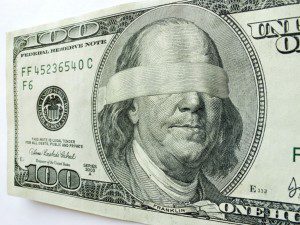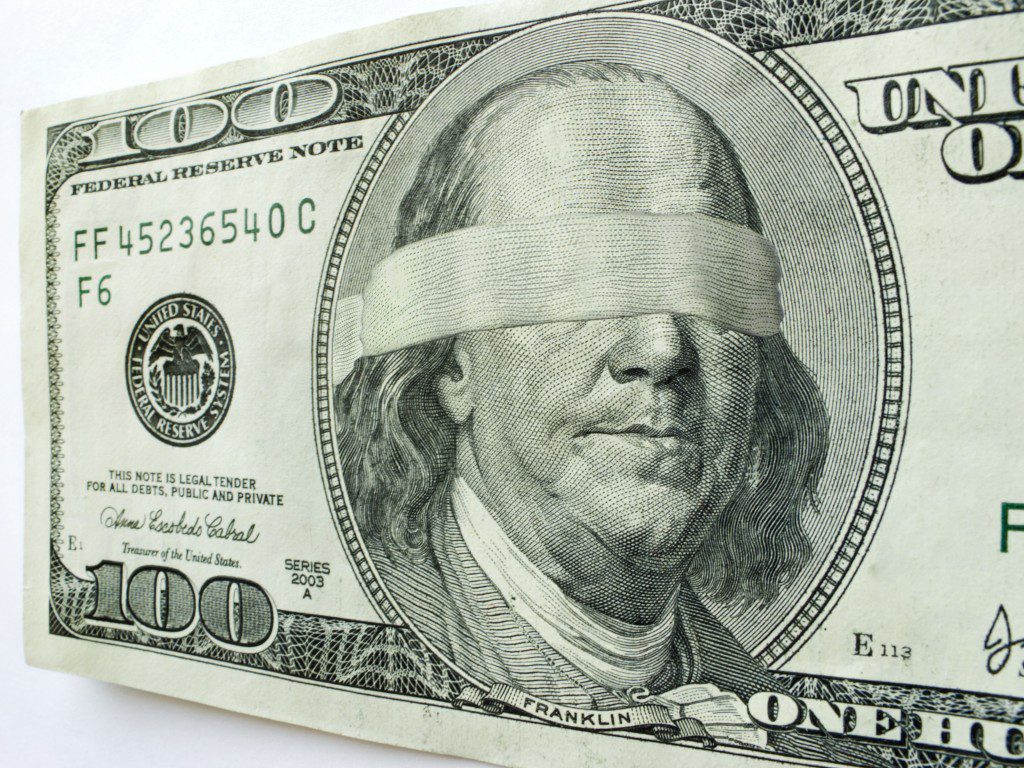 Quantitative Easing, or QE as it’s called, ended in the fourth quarter of 2014, and was the last tool at the Federal Reserve Chairman’s disposal to jump start an ailing economy after the meltdown of 2008. Several years and 3 trillion dollars later, the Fed ended its experiment of injecting money into the economy via the purchase of short term bonds from banks – which is what defines Quantitative Easing.
Quantitative Easing, or QE as it’s called, ended in the fourth quarter of 2014, and was the last tool at the Federal Reserve Chairman’s disposal to jump start an ailing economy after the meltdown of 2008. Several years and 3 trillion dollars later, the Fed ended its experiment of injecting money into the economy via the purchase of short term bonds from banks – which is what defines Quantitative Easing.
Many financial pundits expected anarchy to ensue in the markets when Quantitative Easing began. Though QE was designated to be the economy’s life saver, there was worry that the strategy would have a negative effect on foreign currency and that domestic interest rates would be uncontrollable – making the financial burden of hyperinflation fall onto the American public. But so far, the messy recession exit that many predicted as fatal, hasn’t happened.
With the Feds ability to invent economic recovery strategies that could possibly create such severe financial threat, what does their authority mean to us on Main Street? If QE went berserk, could a Permanent Life Insurance policy withstand the volatile effects of hyperinflation?
Hyperinflation
If inflation is the gradual devaluation of the dollar, then hyperinflation is the rapid devaluation of a dollar in a very short time period. To continue economic progress, one of the objectives of the Federal Reserve is to maintain long-term interest rates, and fortunately, a Whole Life policy tends to keep pace with normal inflation rates. Policies typically earn a steady return of 4%.
However, in times of hyperinflation, there are very few US dollar denominated assets that are insulated against its effects. The great thing about a policy is how dynamic it is. If the return inside your policy can’t keep up with inflation, you can utilize the loan provision to access your cash value and purchase hedge assets such as real estate or precious metals. By accessing the use of policy loans, you can keep your money as safe as possible until the economy recovers. It’s not wise to put all of your dollars into one place anyways, proper asset allocation is advised.
Rising Interest rates
Interest rates are currently at a historic low and are predicted to not go much lower (gobankingrates.com). Which means, they’re likely to go up. We can’t predict when interest rates will rise, but at some point they will. As interest rates increase, mutual insurance companies will be able to put new money into higher-yielding investments, and will be able to roll over maturing bonds into higher-yielding investments too. As they do this, the mutual policyholders will benefit with larger dividends – making higher interest rates beneficial for Whole Life policyowners.
Though hyperinflation and rising interest rates could be devastating to an individual, if your wealth is founded in a Permanent Life Insurance policy, the likelihood of you suffering financially is much less.
Eric Patterson
Read: Access Your Savings Tax Free
Listen: “The New Money Masters” by Tony Robbins – Discussion
Watch: The Financial Climb







